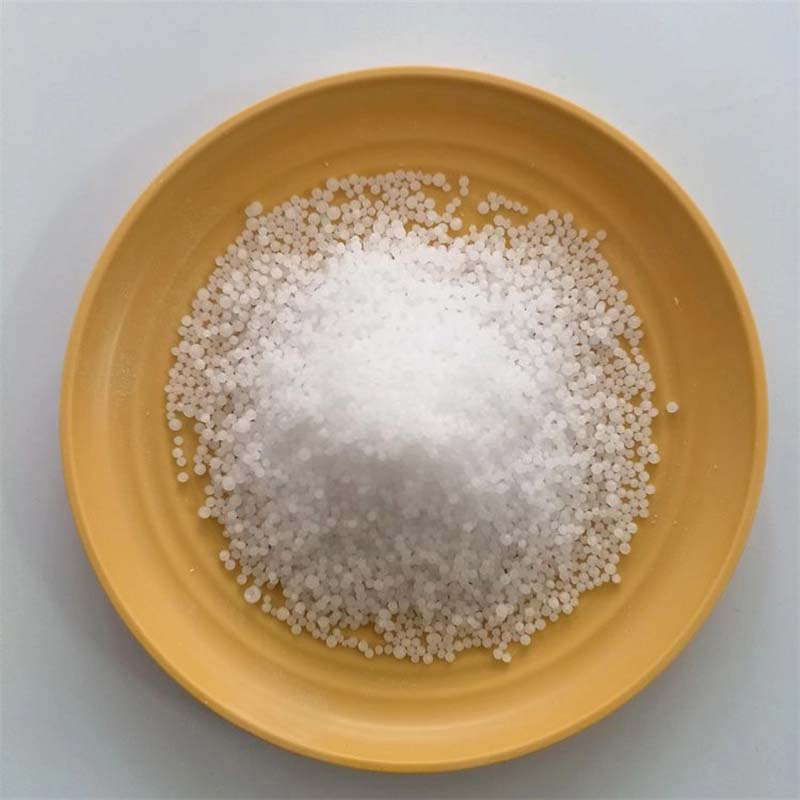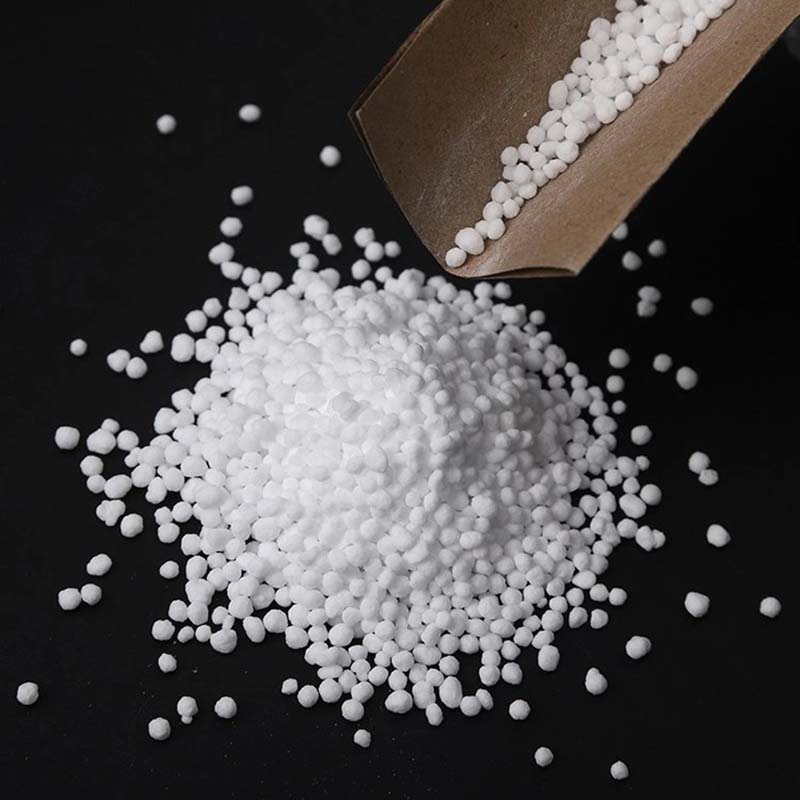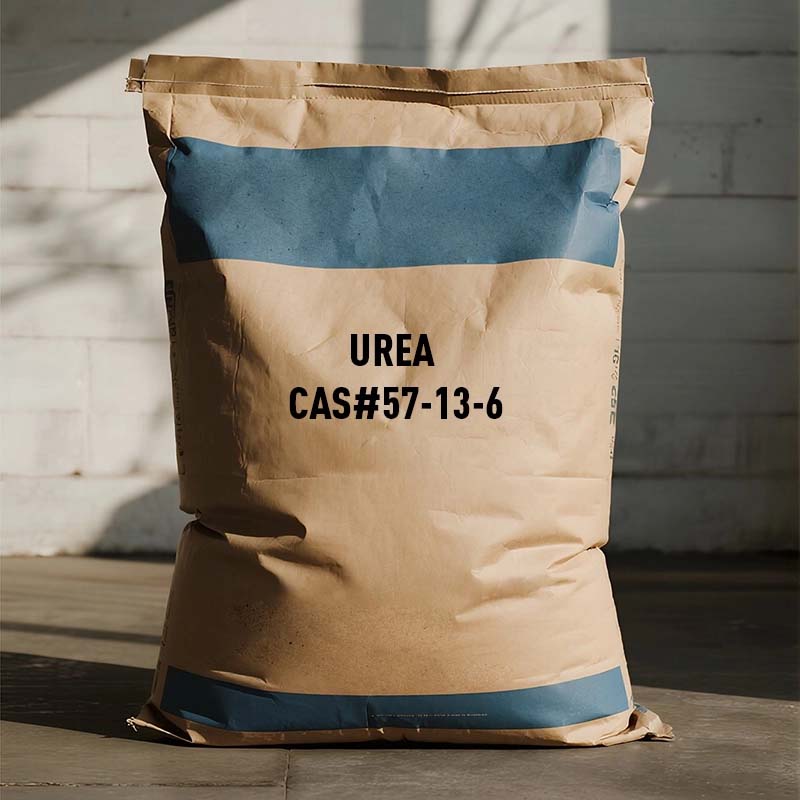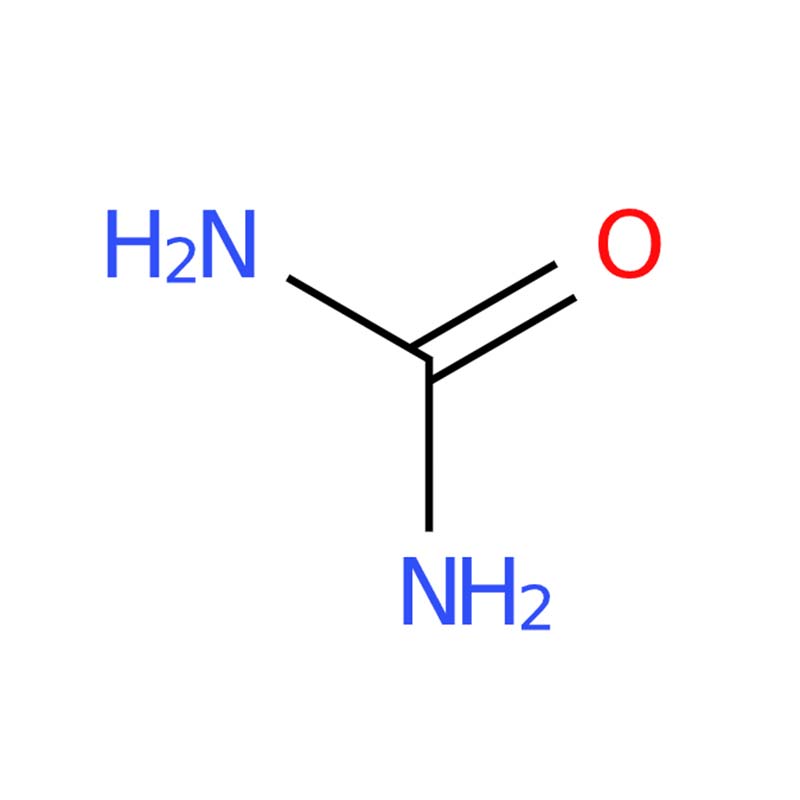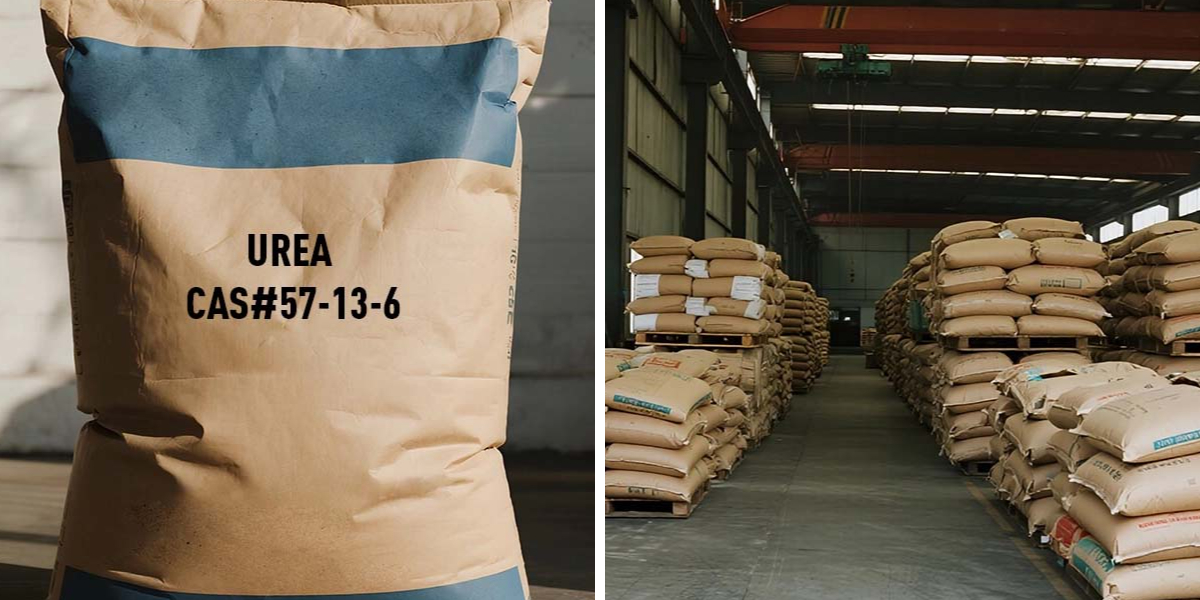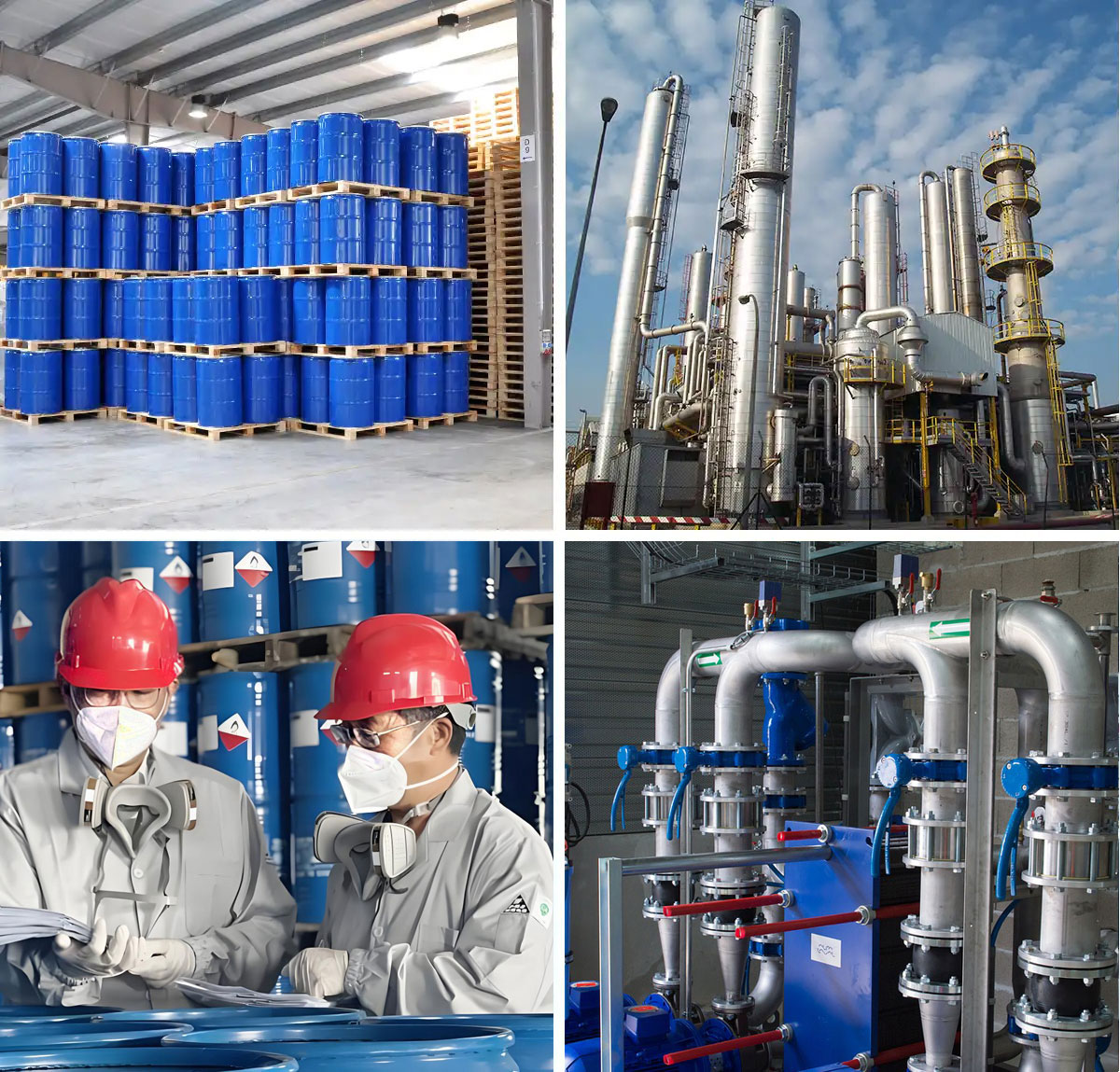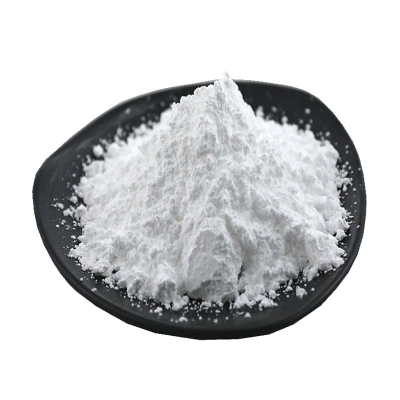Urea
Molecular Structure: Urea adopts a planar crystal structure, with nitrogen atoms exhibiting a pyramidal geometry in its gas-phase minimum-energy conformation, underpinning its distinctive physicochemical behavior.
Hydrogen Bonding: When in solid form, the oxygen center of urea engages in two N-H-O hydrogen bonds, thus building a dense and stable hydrogen-bond network that boosts the molecule’s overall stability.
High Aqueous Solubility: Urea displays high solubility in water, attributable to its capacity to form multiple hydrogen bonds with water molecules, rendering it highly useful across industrial and chemical processes.
Chemical Bonding: The carbon atom in urea is sp² hybridized, and its C–N bonds possess considerable double-bond character, contributing to its chemical reactivity and broad utility in synthetic applications.
The urea molecule displays a planar molecular structure when in its crystalline form, whereas its nitrogen atoms assume a pyramidal geometry in the gas-phase structure at minimum energy. This dual structural feature lays the groundwork for the molecule’s distinct properties. When urea is in the solid state, its oxygen atom forms two N-H-O hydrogen bonds—this process builds a dense, energetically favorable hydrogen-bonded network. This network likely compromises optimal molecular packing, which in turn leads to an open structure featuring ribbons that form tunnels with a square cross-section.
The carbon atom in urea undergoes sp² hybridization, a trait that endows its C-N bonds with notable double-bond character; additionally, the carbonyl oxygen in urea is more basic than that in compounds such as formaldehyde. Urea’s high aqueous solubility is due to its capacity to form extensive hydrogen bonds with water molecules, a property that makes it highly useful across various industrial and chemical scenarios.
Urea Chemical Properties
Melting point | 132-135 °C(lit.) |
Boiling point | 332.48°C (estimate) |
density | 1.335 g/mL at 25 °C(lit.) |
vapor pressure | <0.1 hPa (20 °C) |
refractive index | n20/D 1.40 |
storage temp | 2-8°C |
solubility | H2O: 8 M at 20 °C |
form | |
pka | 0.10(at 25℃) |
color | white |
Specific Gravity | 1.335 |
Odor | almost odorless |
PH | 8.0-10.0 (20℃, 8M in H2O) |
Water Solubility | 1080 g/L (20 ºC) |
λmax | λ: 260 nm Amax: 0.03 |
Merck | 14,9867 |
BRN | 635724 |
Dielectric constant | 3.5(Ambient) |
Stability | Substances to be avoided include strong oxidizing agents. Protect from moisture. |
InChIKey | XSQUKJJJFZCRTK-UHFFFAOYSA-N |
LogP | -1.660 (est) |
CAS DataBase Reference | 57-13-6(CAS DataBase Reference) |
NIST Chemistry Reference | Urea(57-13-6) |
EPA Substance Registry System | Urea (57-13-6) |
Safety Information
Hazard Codes | Xn,Xi |
Risk Statements | 36/37/38-40-38 |
Safety Statements | 26-36-24/25-37 |
RIDADR | Not regulated |
WGK Germany | 1 |
RTECS | YR6250000 |
TSCA | Yes |
HS Code | 31021010 |
Hazardous Substances Data | 57-13-6(Hazardous Substances Data) |
Toxicity | LD50 orally in Rabbit: 8471 mg/kg LD50 dermal Rat 8200 mg/kg |
Urea acts as a regulator of nitrogen excretion in mammalian physiology. Synthesized in the liver as a byproduct when proteins break down, it is ultimately excreted through urine. It also occurs naturally in the skin, where it serves dual roles as an emollient and a diuretic. Practically, urea is utilized for denaturing proteins and works as a gentle solubilizing agent for proteins that are insoluble or have undergone denaturation. It is particularly valuable for renaturing proteins from samples that were previously treated with 6 M guanidine chloride to induce denaturation—for instance, inclusion bodies. Urea can also be paired with guanidine hydrochloride and dithiothreitol (DTT) to restore denatured proteins to their native or active forms via refolding.



